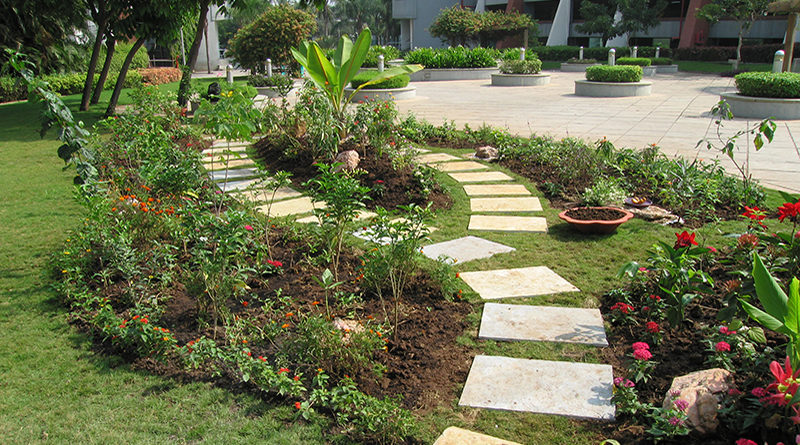Biodiversity Island
The latest figures from World Bank states that 32% of India’s population is living in cities. Increased population in cities has caused rapid and haphazard urbanisation which has led to rampant destruction of vegetation and green spaces. Hence, there is a need for improving the quality of environment by adopting an approach which discourages any drastic modifications made to the land and encourages natural terrain along with the growth of native species.
Pockets of fallow land or green spaces found all across India can be converted into biodiversity islands. The concept of biodiversity islands is to promote growth of native flora and fauna in any space available with an overall aim of improving the ambient environment. The biodiversity islands can be theme based such as a butterfly garden, medicinal garden etc. with native plants which would attract the birds, butterflies and other animal species. They may include squirrel feeders, bird feeders and bird baths. These islands will also have plaques and signages explaining the concept and describing the species present.
In an attempt to spread awareness on species/ biodiversity conservation, CERE has created a Biodiversity Island for Shapoorji Pallonji Real Estate (SPRE) at SP Infocity Pune. This garden is an earnest attempt to conserve nature, attract native species of flora and fauna back into our concrete jungles, create public awareness on the benefits of “biodiversity islands” and improve our environment. The garden nurtures a range of host and nectar plants for butterflies, edible and medicinal plants for consumption and flowering plants to refresh our olfactory senses. Butterflies are important indicator species and are highly sensitive to minor environmental disturbances such as pollution. Their presence or absence can dictate the quality of the surrounding environment. Many butterfly species can be spotted in this garden including the Common Grass Yellow, Tailed Jay, Common Mormon and Common Sailor amongst others. Birds like the Sunbird and Bulbul are also frequent visitors. This biodiversity island is also home to a variety of edible plant species such as Lemon Grass, Turmeric, Pepper, Ajwain, Curry Leaves, Tulsi, Drumstick and others, which have innumerable health benefits and can be consumed as part of a daily diet.

